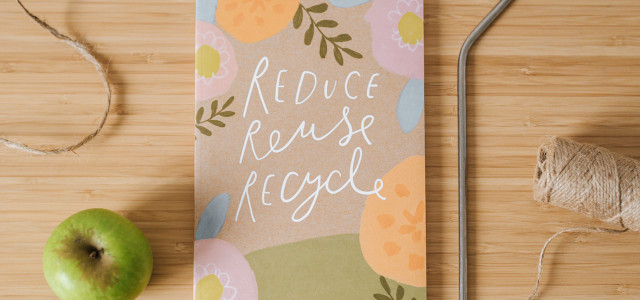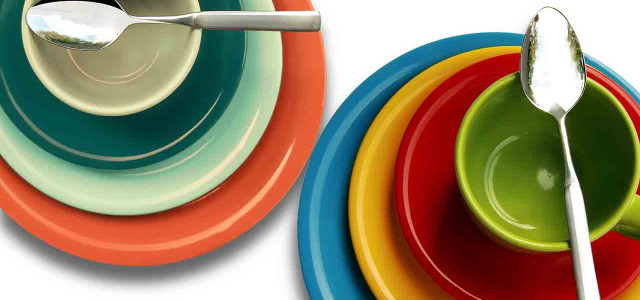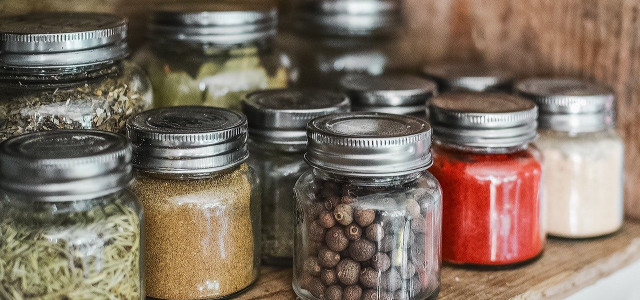This year marks the tenth edition of “Plastic Free July,” a campaign that raises awareness about plastic pollution and offers guidance on how to change our plastic consumption. We’ll tell you what it’s all about and show you 10 ways to participate in the challenge.
Plastic Free July is finally here! In case you haven’t heard of it, the initiative aims at helping people across the world “be part of the solution to plastic pollution”. In this article, we discuss the Plastic Free July campaign, the critical need to reduce plastic waste, and offer some ideas on how to take part in the challenge. The best part is that you can be part of a global movement while adapting the challenge to your individual needs and level of experience. You can partake for just a day or the entire month, and perhaps you’ll gain inspiration for a lifetime.
Plastic Free July: About the Initiative
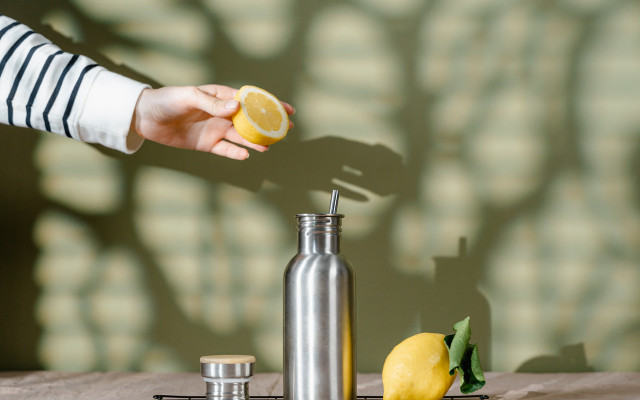
Plastic Free July started out ten years ago in Australia. What began as a local campaign has since evolved into a global environmental movement that has inspired people all over the world to reduce their plastic consumption and find sustainable alternatives. The initiative has further led to the creation of a non-profit organization that supports individuals and communities on their journey to becoming plastic-free by sharing ideas and offering resources. It also partners with other organizations, businesses, and local governments to drive systemic change.
You can take the first step by going to the Plastic Free July website and checking out their materials. You can take the challenge by pledging to go plastic-free for a day, a week, all of July or “from now on” and register to receive an email newsletter for additional tips and resources. Whether you are just starting out and looking to avoid single-use plastic packaging or you want to up your zero-waste game, now is the time to do it!
The Problem with Plastic Consumption
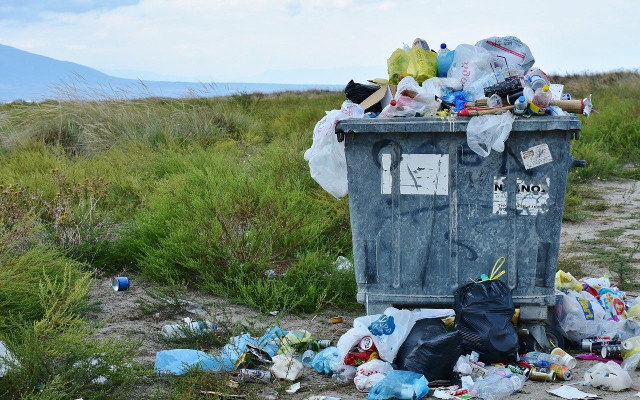


Before jumping into the challenge, let’s have a closer look at why the way we consume plastic needs to change. Plastic is part and parcel of our everyday lives and we have come to rely on it in many ways. But it has also become an ever-increasing problem for our planet’s health – and our own. We have all seen the images of plastic pollution in the ocean, dying marine life, and massive landfills and they’re still as urgent as they ever were. As Greenpeace has pointed out, plastic is immersed in every part of the ocean food chain and inevitably ends up in our own food.
This points us to another growing concern besides the more visible plastic pollution that we see in the media and all around us: microplastics. Almost invisible to the naked eye, microplastics in the ocean and environment may be tiny but they still have a detrimental effect. According to the National Oceanic and Atmospheric Administration (NOAA), these particles come from various sources, including larger plastic debris that has degraded into smaller pieces and is transported up the food chain. Microplastics also occur in health and beauty products, where they are added as exfoliants. Though there is yet much to be learned about the impacts of microplastics, there is concern about potential environmental and health risks, as stated by an independent expert report for the European Commission.
In any case, microplastics are evidence of the many ways in which we have integrated plastic – whether voluntarily or involuntarily – into our lives. From the clothes we wear to the kitchen utensils we use, a number of things leave behind traces of plastic.
Ten Ways to go Plastic-Free for Plastic Free July



If you’re just beginning your plastic-free journey, here are four easy yet effective ways to get started. The Plastic Free July Initiative lists the following as the top four single-use plastic takeaway items.
The Top Four
- Plastic cups: Thermos and other reusable cups have been with us for decades, yet we still see single-use cups everywhere. Bringing your own thermos will help you reduce waste and it will keep your drinks hot or cold for longer!
- Plastic bags: Whether you are shopping for clothes, groceries, or something else, plastic bags are really easy to avoid. Tote bags are cheap, durable, and can be folded small enough to carry in your purse, backpack, or pocket.
- Water bottles: Just like you should make sure to bring your own coffee cup, make it a habit to bring a refillable water bottle when you’re out and about. In most places in the US, tap water is safe to drink.
- Straws: In many cafés and restaurants, you will get a plastic straw with your drink without being asked. And it may still take a while for this to change. However, you can take the first step by making sure that whenever you order a drink, you order it without a straw. If you can’t or don’t want to go without straws, there are many great alternatives. For instance, try glass, bamboo or stainless steel straws (available on Amazon**). They are light, easy to clean and you won’t get that plastic taste that comes with most plastic straws.
The Three C’s
These three C’s are easy to remember and, with a little effort, you can integrate them into your everyday life – not just during Plastic Free July!
5. Clothing: Many clothes consist of synthetic textiles such as polyester or nylon. Not only do they make us sweat more and take on stronger odors, they also shed tiny plastic particles during production, wear, or in the washing machine. Therefore, choose clothes made of 100% cotton or other natural fabrics such as hemp, linen or Tencel if you can.
6. Cosmetics and Beauty Products: Beauty products from personal hygiene to makeup and others are a big contributor to plastic pollution. Fortunately, in recent years a lot of great alternatives have become available that can help us avoid some of the plastic waste. For Plastic Free July, try natural bar soap, wooden brushes, zero waste deodorant, zero waste makeup, or feminine hygiene products such as menstruation cups or period panties.
7. Cleaning Utensils: Though many cleaning products are made of plastic or come in plastic containers, there are lots of alternatives that are more sustainable. For surfaces, use cloths that you can wash rather than sponges, and try making your own all-purpose cleaner or DIY window cleaner that you can keep in a glass bottle. Also, if you do your dishes by hand, look for wooden brushes and solid dish soap – or make your own dish soap.
The Zero Waste Kitchen
If you’re trying to get rid of plastic in your home, the kitchen is a good place to start. There is a lot you can do besides swapping out your cleaning products:
8. The Plastic-Free Kitchen: Spatulas, ziplock bags and plastic containers are only three examples of the many plastic items that are found in most kitchens. For a spatula, try to find a wooden one instead. This way your food won’t be exposed to any harmful substances that may leach from plastic utensils when heated. Instead of using ziplock bags, plastic wrap, and plastic containers to keep food fresh, try covering your food with a plate, wrapping it in beeswax wrap (available on Amazon**), or freezing it without plastic – in glass containers or jars.
Remember: The goal is not to toss all plastic items that you own and accumulate more stuff. Instead, pay attention to how you consume plastic going forward: the next time you need a new kitchen utensil, try to find one made of sustainable materials.
Advanced Tips
9. Self-Reliance: Buying less and becoming more self-reliant also means that you have more control over your waste. During Plastic Free July, make an extra effort to repair and up-cycle furniture, clothes and household items, rather than buying new ones. This way you can avoid consuming more precious resources and you can reduce packaging waste. Another important step is to try to cook fresh as often as you can. You can control the ingredients that go into your food and avoid the packaging waste that comes with to-go meals. When buying groceries, try to avoid as much packaging material as possible by buying loose foods.
10. Engagement and Outreach: Change starts with every individual. Perhaps you can inspire others to become part of the plastic-free movement as well. Are there any local zero-waste efforts or groups you can join? If not, why not start one yourself? Do your local stores accommodate a zero-waste lifestyle? As a customer, you can help them get started by bringing your own cups and bags. It can be difficult to integrate sustainable practices in the workplace or at school, where certain structures are in place. However, perhaps you can address how materials are reused, reduced, or recycled.
Always remember: We’re not here to preach but to learn from each other!
For more inspiration, follow the Plastic Free July campaign, or take a look here:
** Links to retailers marked with ** or underlined orange are partially partner links: If you buy here, you actively support Utopia.org, because we will receive a small part of the sales proceeds. More info.Do you like this post?






